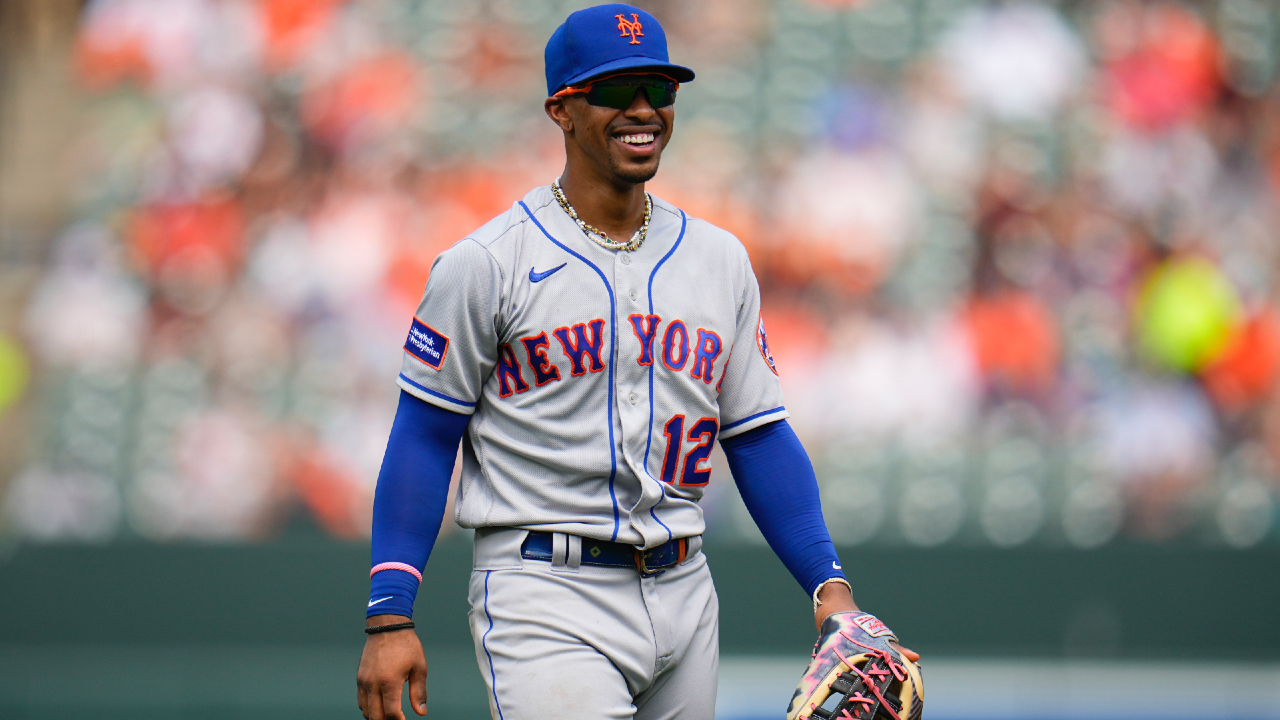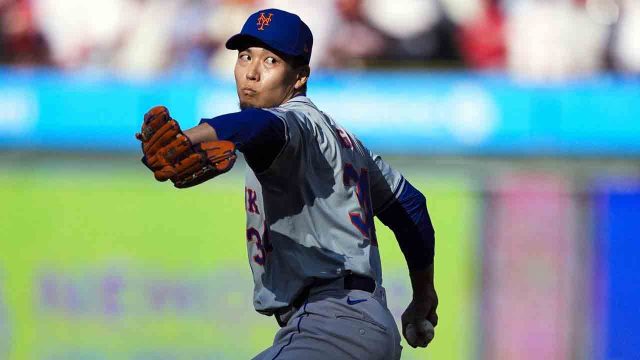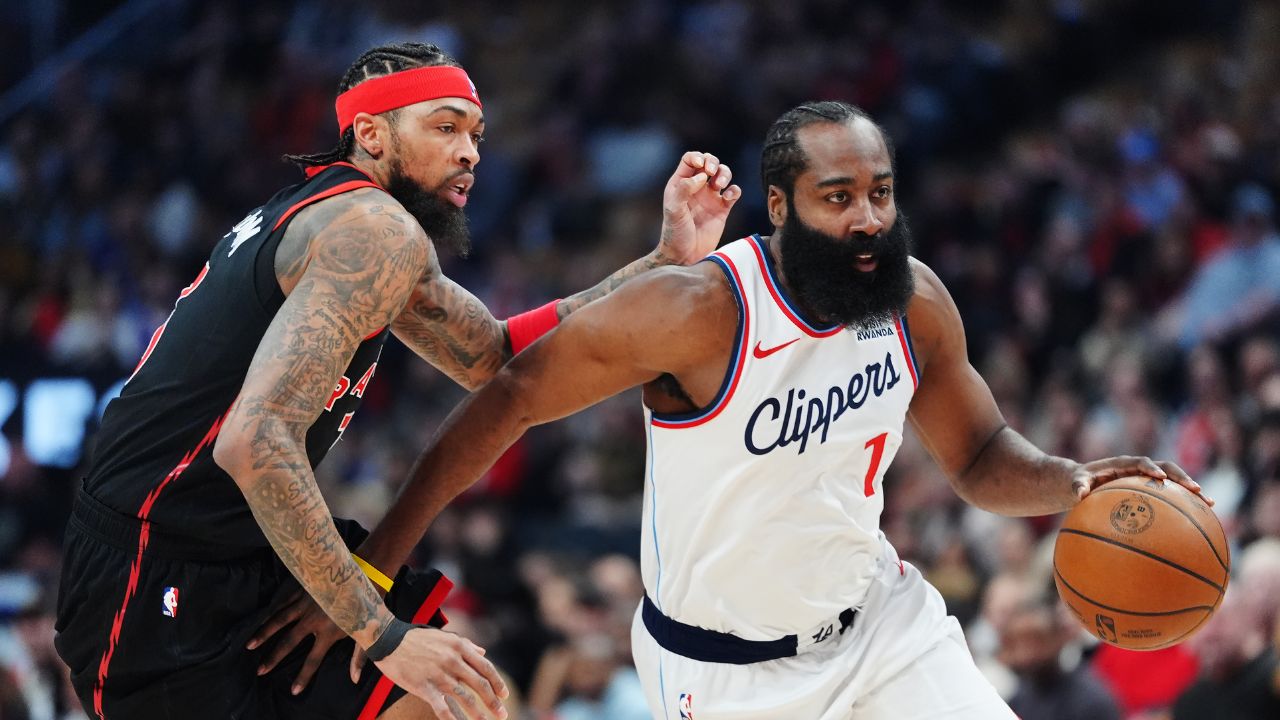
LOS ANGELES — No surprise that the Los Angeles Dodgers are in the National League Championship Series, even with the way injuries have challenged their depth after a billion-dollar off-season centred around Shohei Ohtani and Yoshinobu Yamamoto.
That they’re facing the New York Mets, however, a team that was 11 games under .500 at 24-35 on June 2 and didn’t definitively get over the break-even point until July 10 at 46-45 on July 10, is far less expected.
Whether the NL’s sixth seed this post-season is able to follow up a takedown of the No. 2 Philadelphia Phillies by upending the No. 1 Dodgers makes for an intriguing matchup that opens Sunday night at Chavez Ravine.
It’s the first post-season meeting between the clubs since the 2015 National League Division Series, which the Mets won in five games en route to a World Series loss and featured the Chase Utley slide that broke Ruben Tejada’s leg.
They last met in the NLCS in 1988, when Los Angeles won in seven games before beating Oakland in the World Series.
The stakes are much different this time, as the Dodgers and their payroll of about $325 million are firmly in win-now territory while the Mets, who took a step back at last year’s trade deadline after their $346 million club collapsed, rebounded faster than expected.
Regular season record: Dodgers 4, Mets 2
What’s working for the Mets: The Mets secured a wild-card spot with a riveting 8-7 win over Atlanta in Game 161 — when Brandon Nimmo’s homer capped a six-run rally in the eighth ahead of Francisco Lindor’s decisive two-run shot in the ninth — and have maintained that flare for the dramatic since.
Think about Pete Alonso’s three-run homer in the ninth inning of Game 3 versus Milwaukee in the wild-card round. Or the collective-effort-five-run eighth in Game 1 of the division series versus Philadelphia. Or Lindor’s sixth-inning grand slam to win Game 4 and secure his team’s first trip to the NLCS since 2015. Even when they lose, they don’t go away quietly, as Mark Vientos’ game-tying two-run homer in the ninth of a Game 2 loss showed.
Their lineup, with Lindor applying immediate pressure, is deep and executing at a very high level right now, even against elite pitching. Sean Manaea and Jose Quintana have carried the rotation, Kodai Senga is building up and Luis Severino showed signs of turning
What’s working for the Dodgers: First off, phew. The Dodgers barely survived a heated and riveting division series against the Padres, avoiding the plague of early-post-season exits haunting what is arguably baseball’s most successful franchise.
A trip to the NLCS isn’t enough, of course, but it was their collective roster depth that allowed them to survive cold-spells for Ohtani (10 strikeouts in 20 at-bats after a three-run homer in Game 1) and Mookie Betts (only four hits, although two were homers) plus Freddie Freeman’s uncertain status due to his right ankle sprain. Teoscar Hernandez was front and centre with two homers and a team-leading seven RBIs while Gavin Lux’s two-run homer in Game 4 and Kiké Hernández’s solo shot in Game 5 were timely blows.
At the same time, they got just enough pitching to make everything work. Yamamoto recovered from a Game 1 mess to throw five shutout innings in the clincher, which came after a Game 4 shutout by eight relievers on a bullpen day.
Potential Achilles heel for the Mets: Edwin Diaz in the ninth inning with a three-run lead, even against an offence as elite as the Phillies, should be as automatic as a closer can be. But when he walked J.T. Realmuto and Bryson Stott to open the ninth in trying to put away the Phils and secure another round, there was reason to wonder if the righty could get it done.
He’d blown the save in the wild Game 161 win that clinched a wild-card berth, dodged traffic in the series-winning Game 3 victory over Milwaukee and then blown a save in the Game 2 loss to the Phillies. This time, he rallied to get Kody Clemens, Brandon Marsh and Kyle Schwarber to escape the jam, looking far more like himself in the process, and the Mets really need that to be the case because giving the Dodgers any bit of extra life is a very bad idea.
Potential Achilles heel for the Dodgers: Here’s the thing about creatively covering innings the way the Dodgers are right now: one hiccup can impact several games negatively, so the damage in one game can tilt a series. Now, the Mets are starting Senga in Game 1 and he’s expected to go 45-50 pitches, so if L.A. can wear him down quickly, they can immediately tax New York’s bullpen.
But that puts the heat on Jack Flaherty to be good in the opener with “anything on the table” for Game 2, according to manager Dave Roberts. Manaea starts that one for New York in a day game after night, adding to the heat on both sides. The Dodgers will also try to optimize Yamamoto, who if he stays on routine can only pitch once in the series, along with Walker Buehler, who allowed six runs in five innings of a Game 3 loss to San Diego.
Beyond Freeman, the Dodgers are also down lefty reliever Alex Vesia, who left Game 5 with a right intercostal injury, while shortstop Miguel Rojas is still working through a left adductor tear.
It’ll all come down to … which team can survive the attrition to its pitching more effectively. Once the Mets get past Senga, they have Manaea, Quintana and Severino, each capable of turning over a lineup twice. If they can contain Ohtani, Betts, Freeman and Hernández, the lineup has a chance to wear down the Dodgers’ staff. The inverse is true as well as both teams have multiple threats for damage in the batting order. If Lindor, Alonso, Vientos, Brandon Nimmo and J.D. Martinez put up some crooked numbers, the Dodgers’ hitters will be left trying to swing their way out of deficits and score big to win. With all the pressure they’re already under, that might only make things worse.







